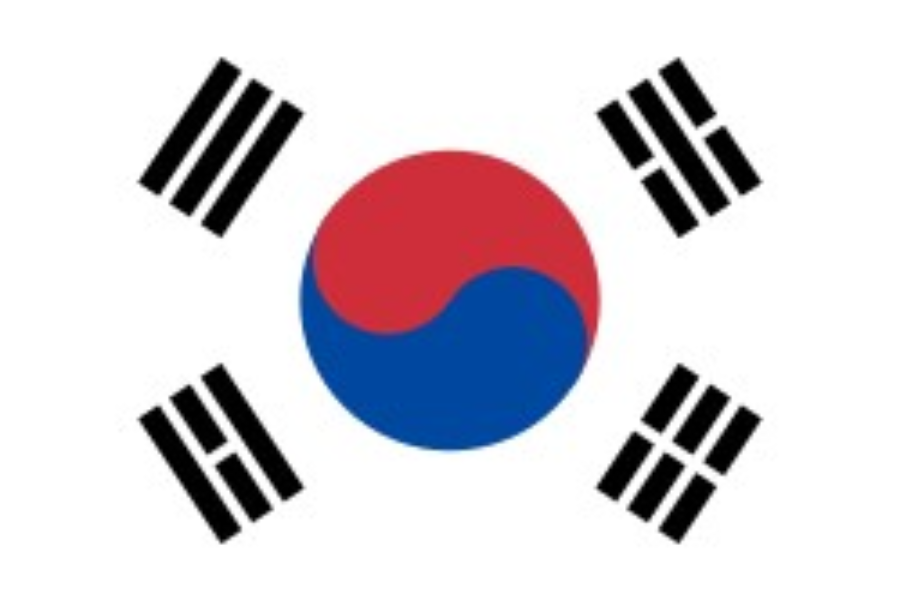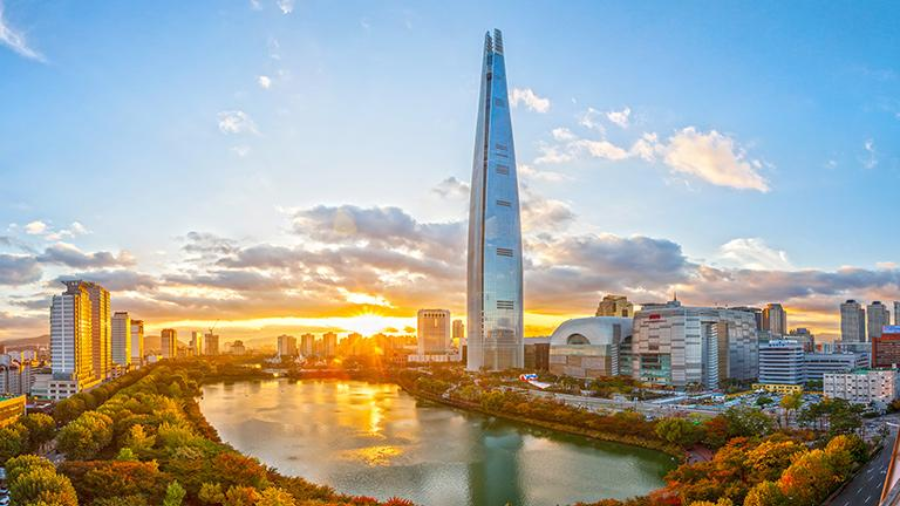

Human habitation of the Korean Peninsula dates back to the Lower Paleolithic era. Early in the 7th century BCE, Chinese records mention its first kingdom. After the Three Kingdoms of Korea were united into Silla and Balhae in the latter part of the 7th century, Korea was controlled by two dynasties: the Joseon (1392–1897) and the Goryeo (918–1392). In 1910, the Korean Empire (1897–1910) was absorbed by the Japanese Empire. Following Japan's surrender in World War II, the Soviet Union controlled the northern part of Korea, while the United States occupied the southern part. This marked the end of Japanese rule in Korea. In August 1948, following the breakdown of reunification talks, the southern zone became the Republic of Korea, while the northern East Asia contains the nation of South Korea,[b] often known as the Republic of Korea (ROK),[c]. Although it also claims the land boundaries with China and Russia, it makes up the southern portion of the Korean Peninsula and borders North Korea along the Korean Demilitarized Zone.[d]
The Yellow Sea forms the nation's western border, while the Sea of Japan delineates its eastern border. The only recognized government over the whole peninsula and its neighboring islands, according to South Korea, is its own. Of its 51.96 million inhabitants, around half reside in the Seoul Capital Area, which is the sixth most populated metropolitan area globally. Other significant cities are Daegu, Busan, and Incheon.


The Korean War, commanded by the United Nations Command under American leadership and included the People's Volunteer Army from China with Soviet support, ended in 1953 following a North Korean invasion in 1950. Three million Koreans died in the war, and the country's economy was destroyed. The April Revolution of 1960 brought an end to Syngman Rhee's autocratic First Republic of Korea. But because the Second Republic was unable to contain the revolutionary spirit, it was incompetent. The Second Republic came to an end on May 16, 1961, when Park Chung Hee staged a coup that marked the beginning of the Third Republic in 1963. Under Park's direction, South Korea's crippled economy started to flourish and saw one of the quickest increases in average GDP per person.

The 1987 constitution of South Korea preserves a unitary presidential republic with a unicameral legislature known as the National Assembly. With its economy classified as the twelfth largest in the world by nominal GDP and the fourteenth largest by GDP (PPP), it is regarded as both a regional power and a developed nation. Its residents take advantage of some of the quickest high-speed rail networks and Internet connections in the world. The nation ranks ninth in the world for both imports and exports. With the second-largest standing army in the world by military and paramilitary troops, its armed forces are among the strongest in the world. South Korea has gained international recognition in the twenty-first century for its pop culture, especially in music, TV dramas, and film, which is known as the "Korean Wave."
